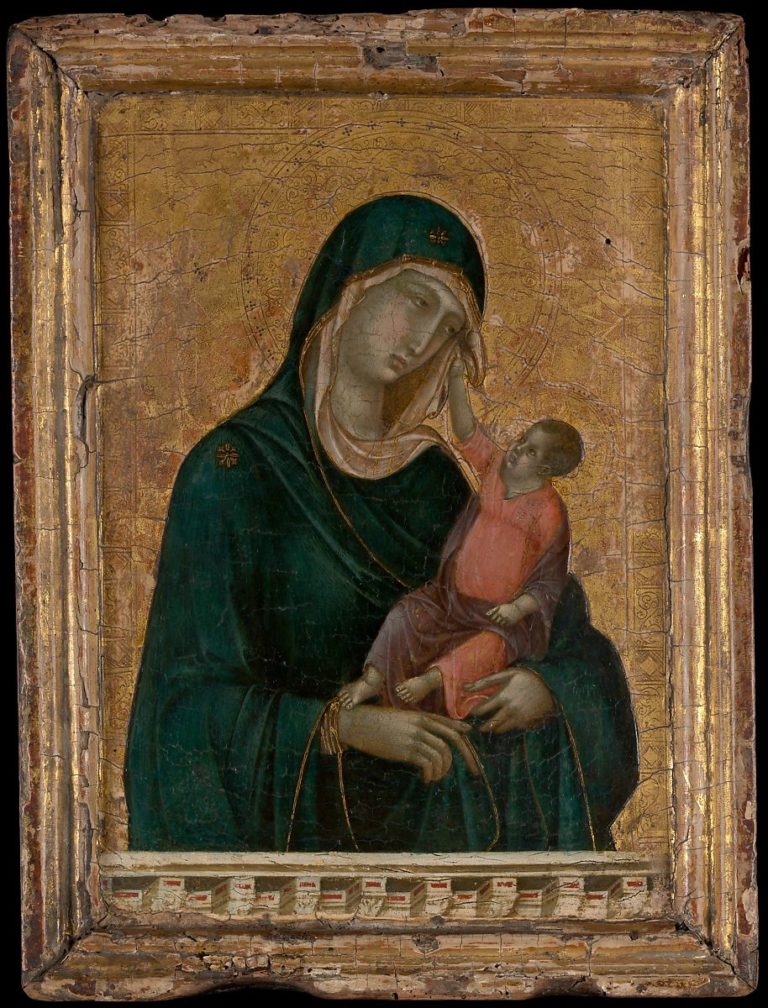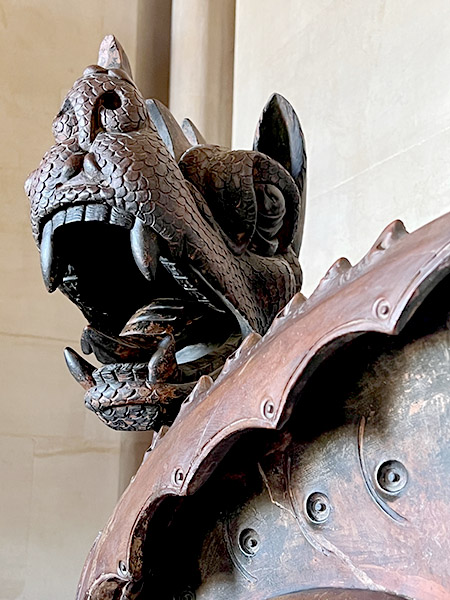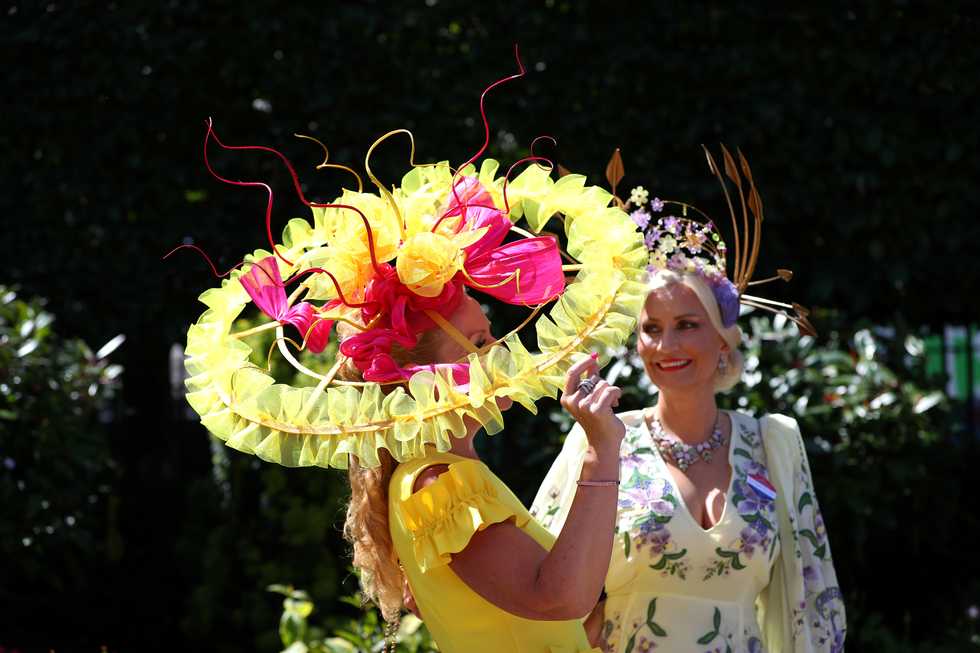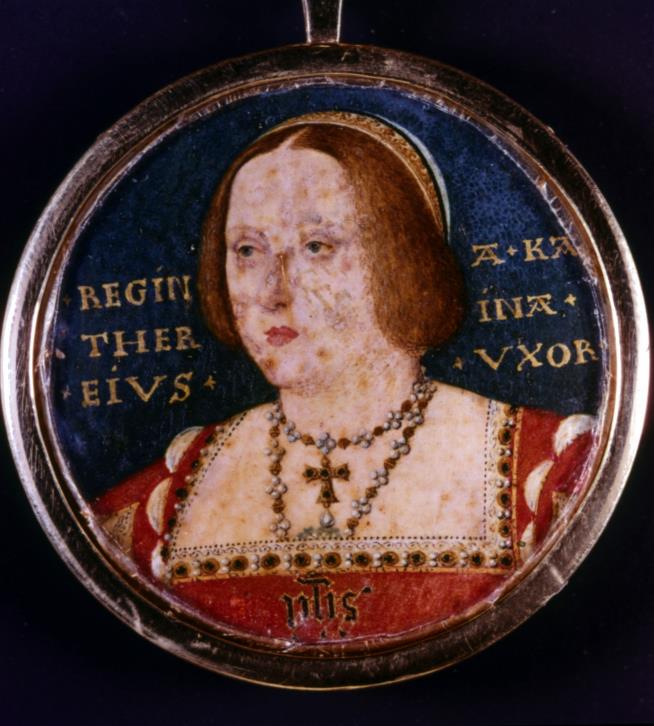In June the Dicastery for Laity, Family and Life released new
guidelines for marriage preparation, suggesting—among other things—that
the normal period of formal preparation for marriage should be one year.
The longer period of engagement, the Vatican explained, would encourage
the practice of chastity.
Really?
Am I missing something? Take two healthy young people who are in
love, anxious to fulfill that love and begin their life together. Now
tell them that they’ll have to wait a year. Yes, they might practice
chastity, and gain much grace in the practice. But let’s face it: there
is another option. The 97-page Vatican document makes the argument for
chastity, but the arguments for unchastity are coursing through the
bloodstreams of ardent young couples. Is it wise, is it prudent, is it
pastoral to say that—as a blanket policy, applied to every couple—they
must wait?
(Just by the way, there are some good people who find love late in
life. Isn’t in uncharitable to tell an older couple that they must wait a
year—when they might not have many years left?)
Faced with that one-year waiting period, some couples will remain chaste. (Those couples, I suspect, will be those who are least
in need of extra marriage preparation, because they have already formed
habits of virtue and already gained a reverence for the sacramental
bond.) Other couples will aim for chastity, perhaps with the best of
intentions, but fail, because the natural drives—not merely for sex, but
for healthy human love—are strong.
Still other couples will nod their heads when the priest (or other
marriage-prep counselor; see below) advise them to practice continence
before marriage—and then go home to the apartments where they are
already living together, having set up joint housekeeping long ago. For
them too, the year-long wait will produce no dividends; it is simply a
paperwork requirement. So as a practical matter the longer wait does not
promote chastity; it merely adds hypocrisy to the indictment.
But again there is another option. The young couple, ready and
anxious to marry, visit their pastor to tell him their plan. He
announces that they must wait at least a year. They don’t want to wait;
they are deeply in love. So they walk down the street to the Protestant
church, or to the justice of the peace, and begin their life together
without the grace of the sacrament.
Surely that is not the intent of the Vatican directives: to
discourage couples from marriage in the Catholic Church. Indeed the
document cites the decline in church weddings, along with the frequency
of divorce, as reasons for better marriage-prep programs. But is it not
quite predictable that, when the formal requirements for a marriage in
the Church become more onerous, many couples will look elsewhere?
The Vatican document traces many of the problems with marriage to
“too superficial a preparation” for the sacrament. True, but if
Catholics have not received a fundamental understanding of the
sacramental bond by the time they reach marriageable age, a year of
coursework is unlikely to remedy that problem. Real preparation for
marriage begins in childhood, with the example of the parents, and
continues in church with the preaching of pastors. If parents and
pastors have failed in their responsibilities, marriage-prep counselors
will need more than a year to do the remedial work.
Especially because—and here we must consider the practical
application of the Vatican guidelines—many of the lay couples who
volunteer to be marriage-prep counselors are actively discouraged
from offering an uncompromising version of Catholic teaching. A clear
rejection of divorce might not sit well with young people whose parents
are divorced; a condemnation of fornication would offend the couples
already living together. And although the goal of the class might be
proper preparation for sacramental marriage, another unspoken goal—and
one much easier to measure for success—is to keep couples involved, to
minimize the dropout rate.
“Even in the case of cohabiting couples, it is never useless to speak
of the virtue of chastity,” the Dicastery tells us. But for the young
priest tackling his first marriage-prep classes, things aren’t so
simple. He has been instructed by the pastor not to drive people away
from the parish. He is keenly aware that at the parish down the road,
his counterpart doesn’t challenge cohabiting couples on the matter. How
can he persuade young people to comply with what they see as simply a
rule—and a rule that seems to apply only within the geographical bounds
of this one parish?
The one-year period of marriage preparation gives counselors more
time to offer compelling arguments for chastity. And there are many
available volunteers—armed with the best of intentions and with
coursework in theology and apologetics, confident in their powers of
persuasion—ready for the job. But how often are people argued
into chastity, or any other virtue? How many loving couples carefully
weigh the pros and cons, and break off a passionate embrace? Marriage
preparation is not like an academic course; it is a lifelong process.
Years ago I heard an Orthodox rabbi explain why the rate of
premarital pregnancy is so low among young Orthodox Jewish women. From
their early days, these girls have been trained to avoid things that
their friends and neighbors enjoy—things that have a powerful natural
appeal. The smell of bacon is tantalizing, but they do not eat it. So
when they feel the power of sexual impulses they are not defenseless.
They have practiced self-discipline and they have learned the Law. (Read more.)








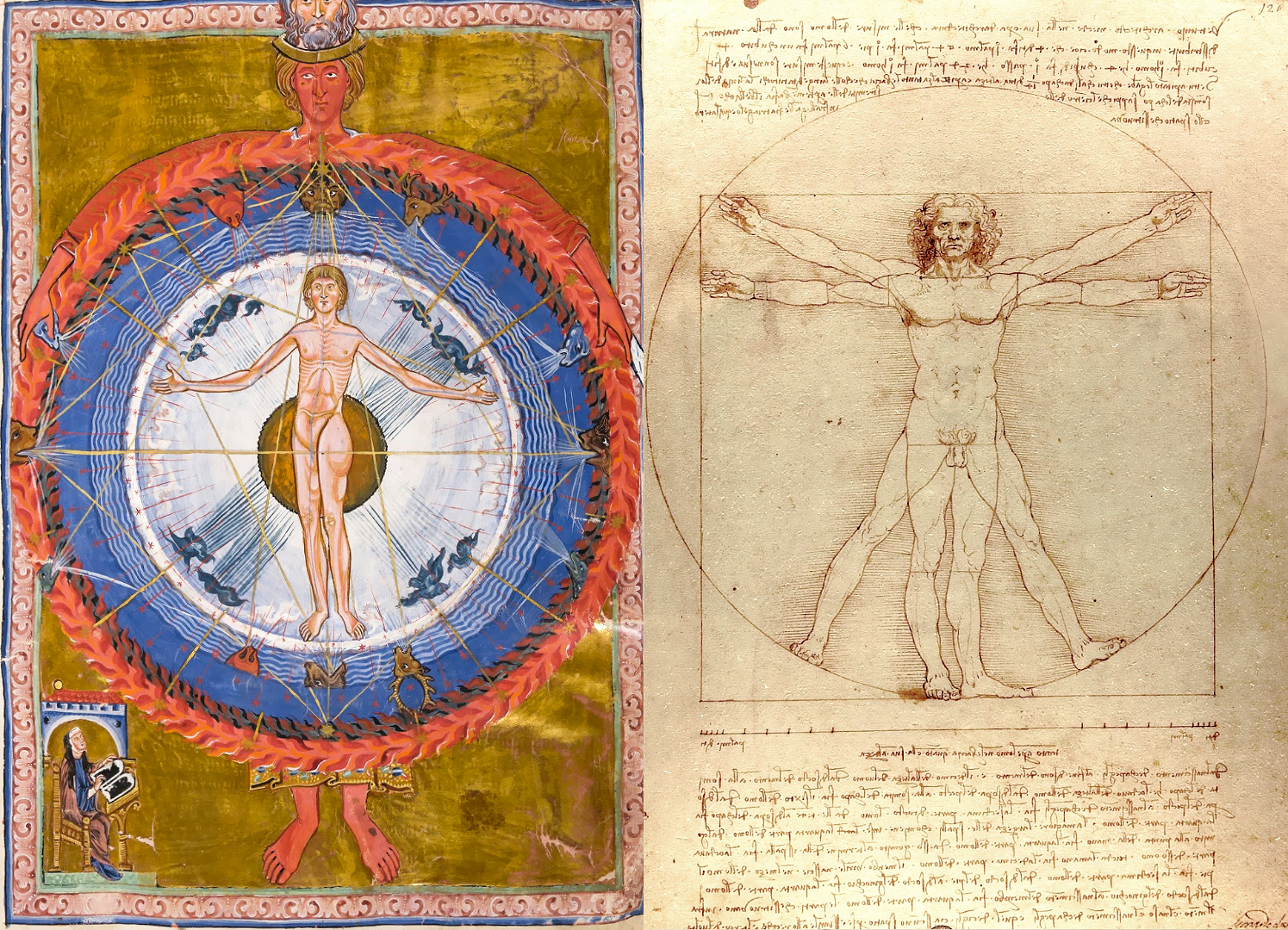
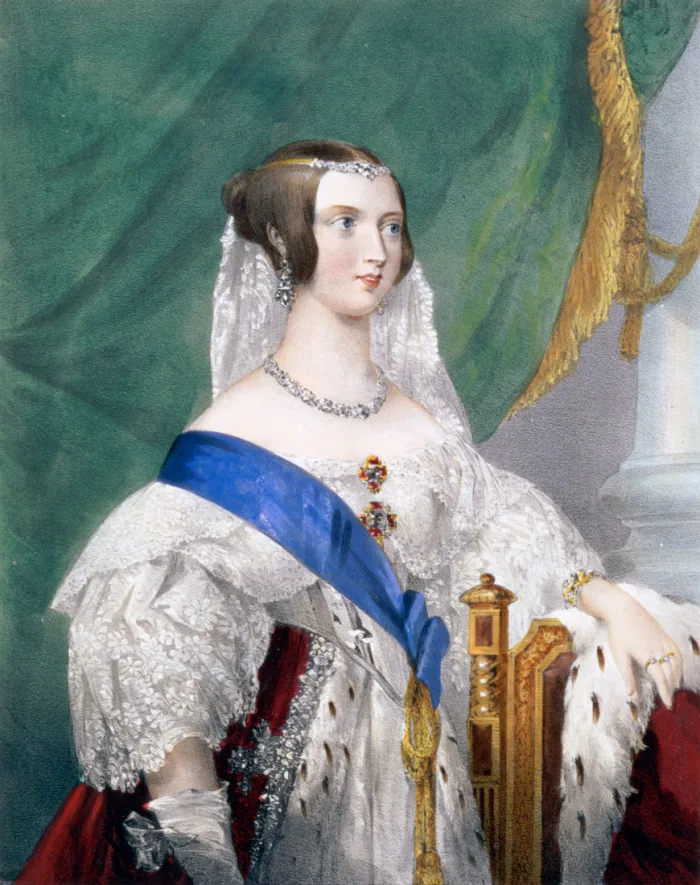
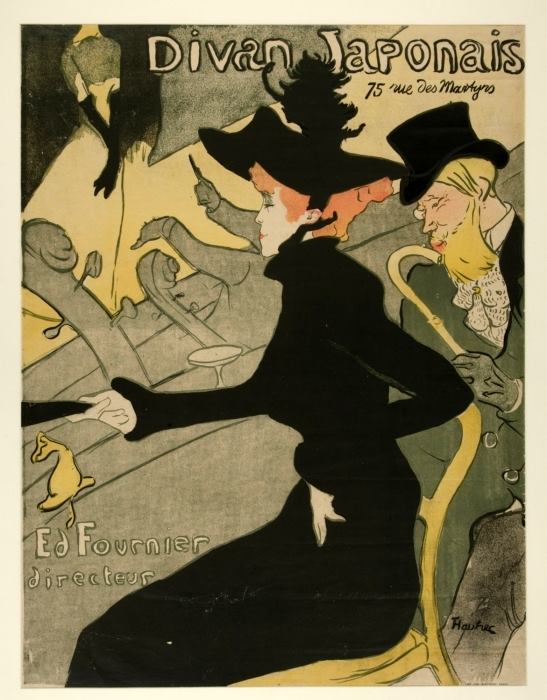
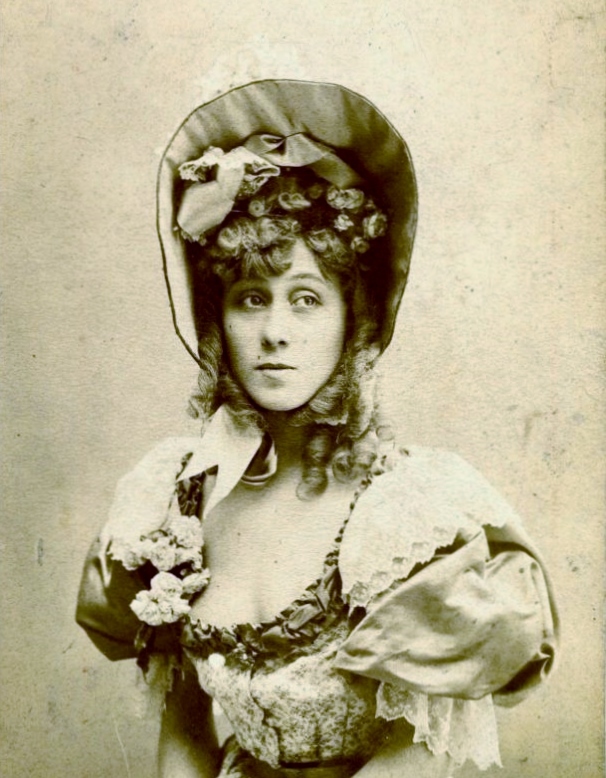


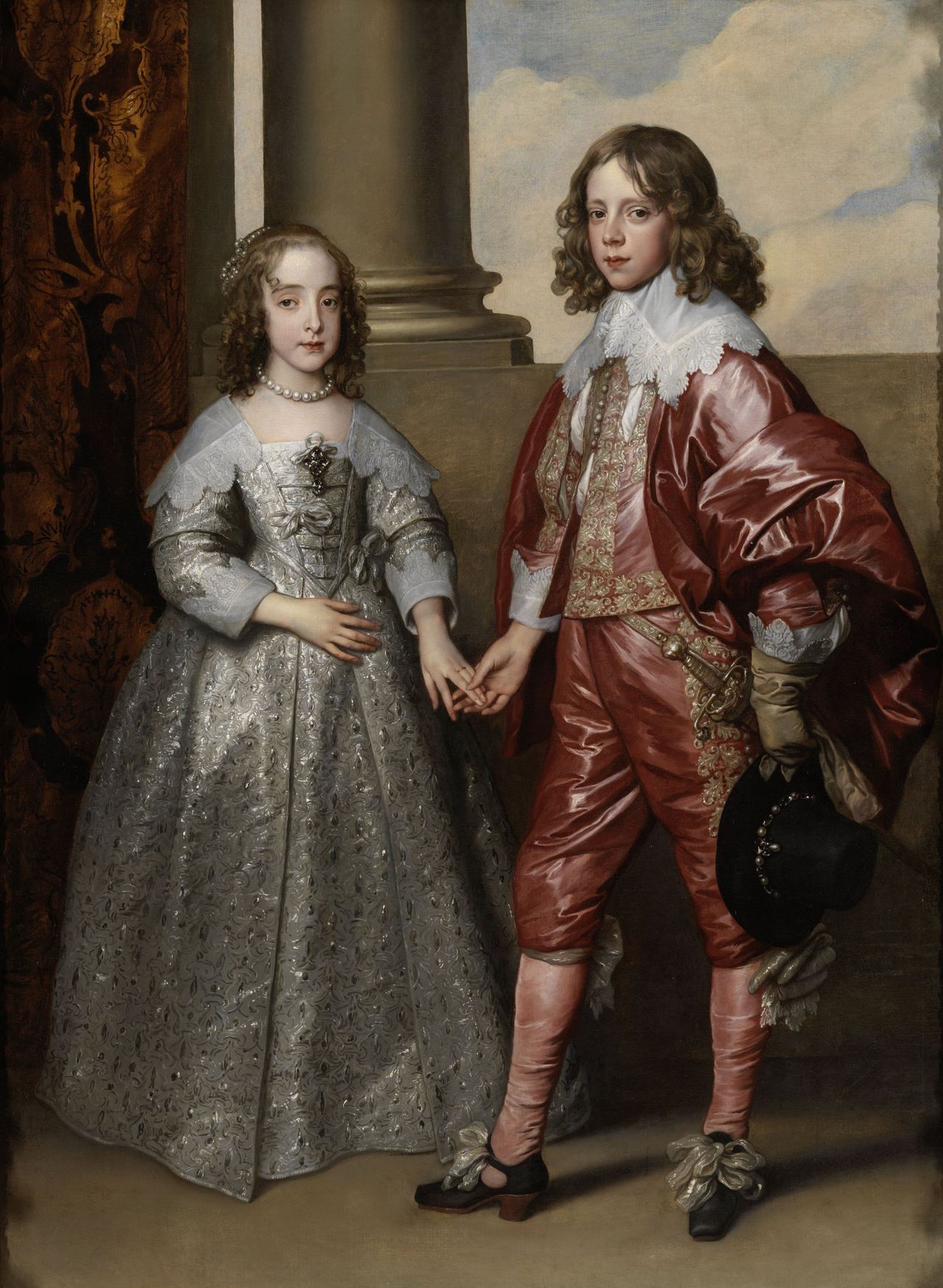

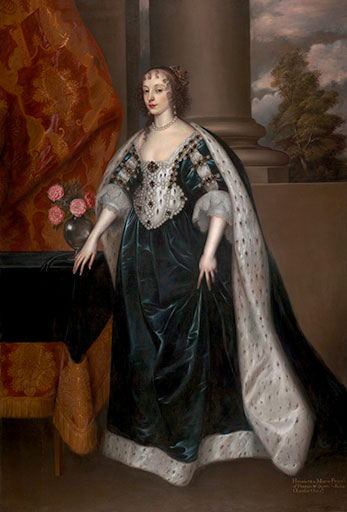

%2C_Queen_of_England%2C_1632_gedateerd.jpg)

